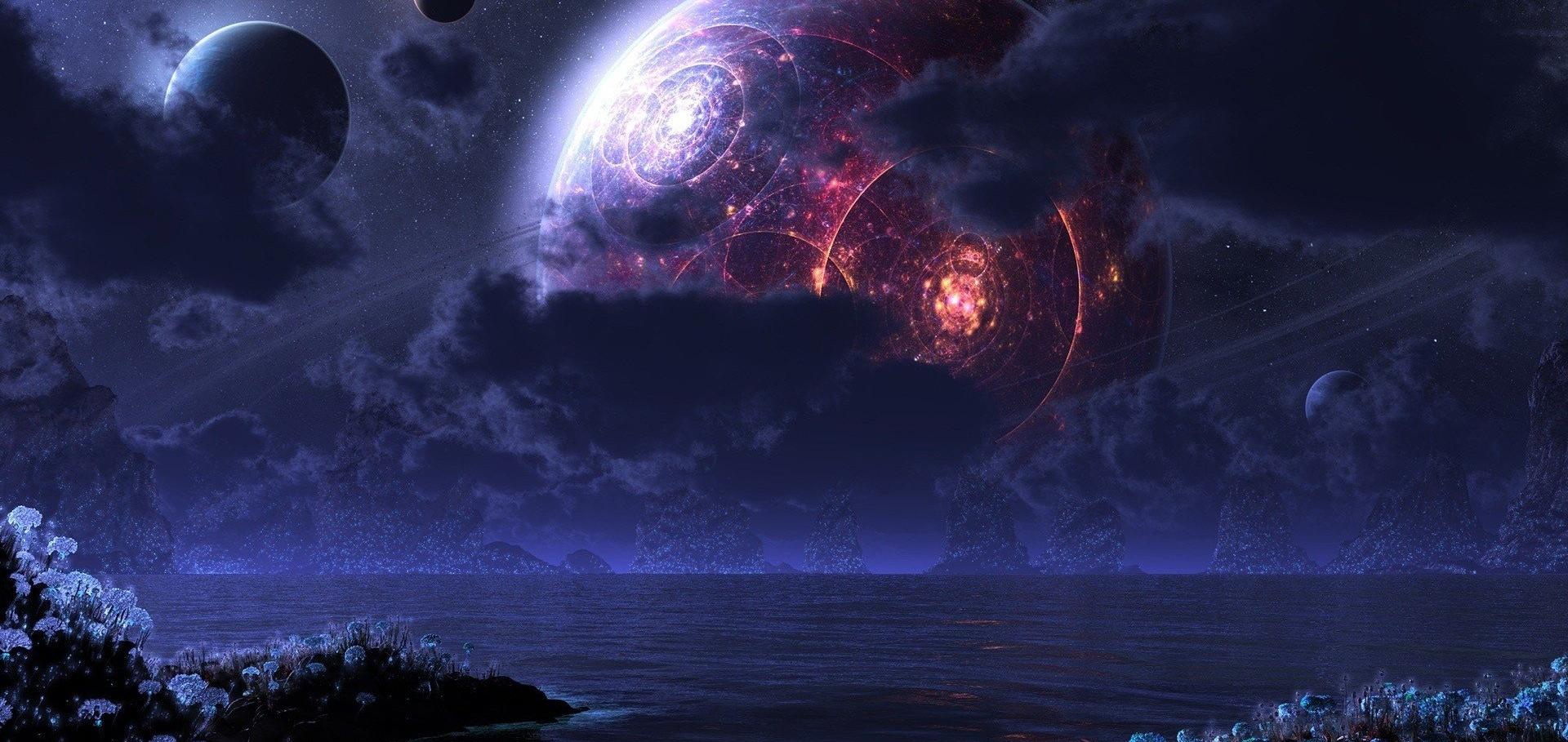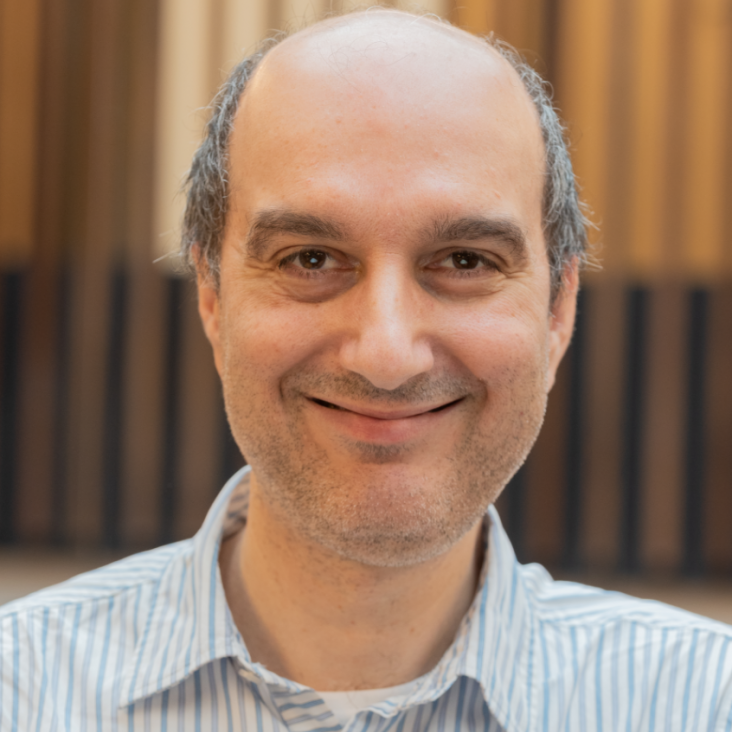Quantum effects on dynamic structure factors in dense magnetized plasmas
Physical Review E: Statistical, Nonlinear, and Soft Matter Physics American Physical Society 6:1 (2024) 013089
Abstract:
We extend the classical magnetohydrodynamics formalism to include nonlocal quantum behavior via the phenomenological Bohm potential. We then solve the quantum magnetohydrodynamics equations to obtain a new analytical form of the dynamic structure factor (DSF), a fundamental quantity linking theory and experiments. Our results show that the three-peak structure—one central Rayleigh peak and two Brillouin peaks—of the DSF arising from quantum hydrodynamic fluctuations becomes (in general) a five-peak structure—one central Rayleigh peak and two pairs of peaks associated with fast and slow magnetosonic waves. The Bohm contribution influences the positions and characteristics (height, width, and intensity) of the peaks by introducing three significant modifications: (a) an increase in effective thermal pressure, (b) a reduction in the adiabatic index, and (c) an enhancement of effective thermal diffusivity. The multiple DSF peaks enable concurrent measurements of diverse plasma properties, transport coefficients, and thermodynamic parameters in magnetized dense plasmas. The potential for experimental validation of our theory looms large, particularly through future experiments conducted at state-of-the-art laser facilities.Laboratory realization of relativistic pair-plasma beams
(2024)
"The Emperor's eyes and ears": The comites of Marcus Aurelius and Lucius Verus and the formation of a military "entourage"
Melanges de l'Ecole Francaise de Rome:Antiquite 136:2 (2024) 313-323
Abstract:
The Author takes into consideration the imperial comites epigraphically attested, and who participated in the military campaigns of L. Verus, L. Verus and M. Aurelius, M. Aurelius alone, and M. Aurelius with Commodus (161-180), comparing their careers. These comites Augusti were selected from among the senators deemed most suitable for fulfilling this highly significant role. The key requirements seem to have been a close connection to the imperial household, but also military abilities, since they had to fight alongside the emperor. Some of them had already fought along the Roman frontiers and belonged to that small circle of viri militares.A NOTE ON THE AUXILIA IN THE ROMAN PROVINCE OF PONTUS AND BITHYNIA
Asia Minor 4 (2024) 113-115
Abstract:
Inspired by the 2022 edition of an epitaph dedicated to a soldier of the fourth cohors Cypria died in Sinope, the author offers an update on the epigraphic evidence concerning auxiliary cohortes and alae from the province of Pontus and Bithynia. Since it was an unarmed province, the presence of these soldiers, as well as of legionaries, must be considered only temporary and connected to the passage of Roman troops towards the eastern border of the Empire. It is worth considering, in this regard, that most of the inscriptions date to the 2nd or 3rd century. Only those relating to the soldiers of the cohors Cypria seem to be earlier, but they could be connected with the expedition against Mithridates king of the Bosphorus in the time of Claudius or with the momentary annexation of the Bos-phoran kingdom under Nero.The Epigraphic Habit in a Pompeian House: Rules of Good Manners
Chapter in Brill Studies in Greek and Roman Epigraphy, 20 (2024) 307-320


